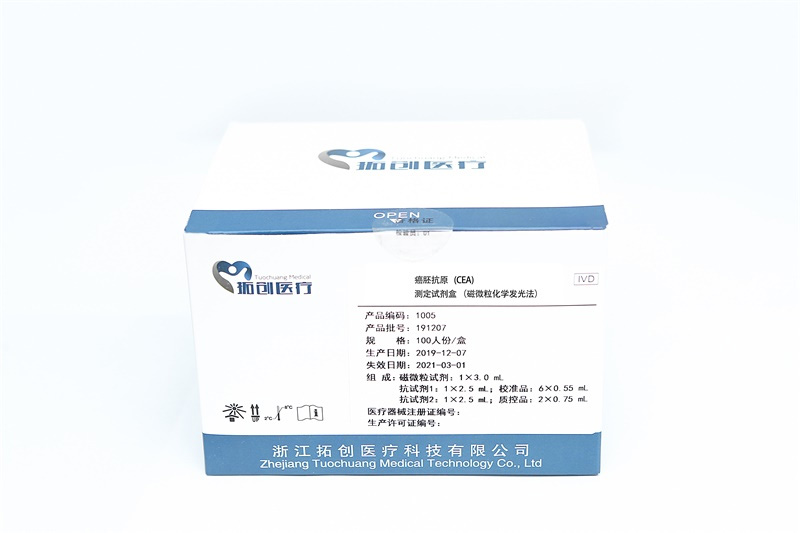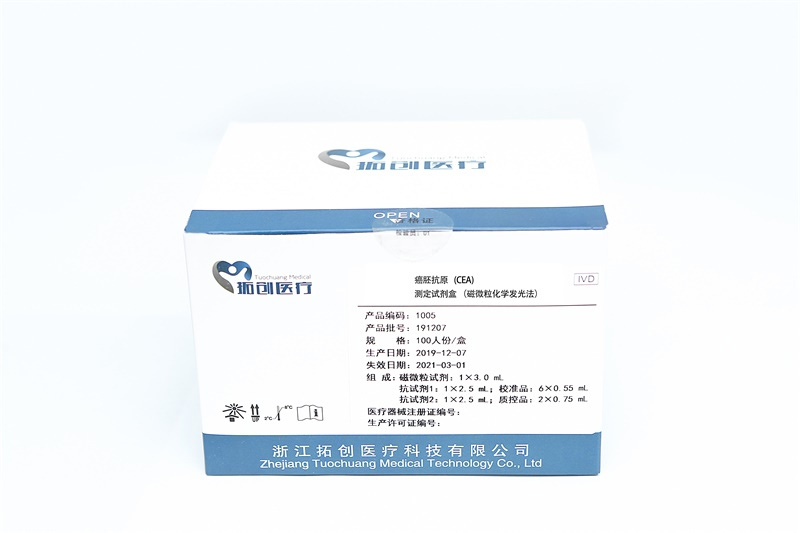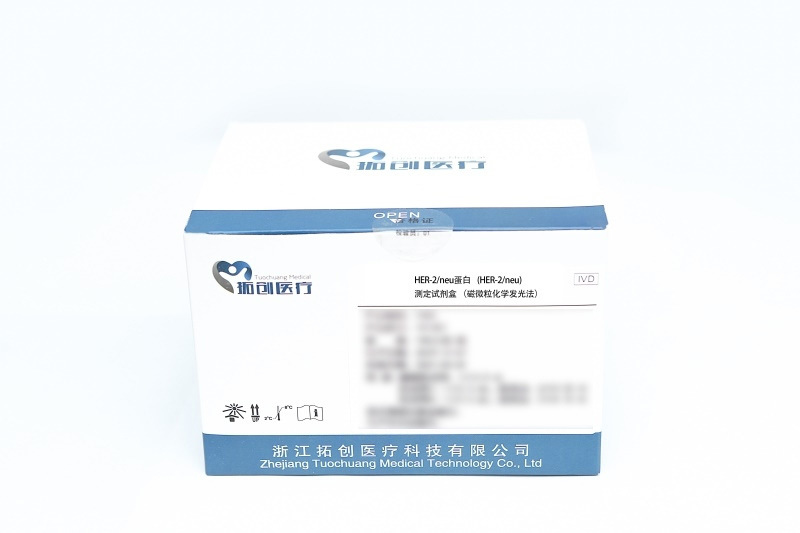Do you understand the principles and techniques of using in-vitro diagnostic reagents?
Publication Time:
2023-05-04 15:37
In vitro diagnostic reagents are an indispensable part of modern medical testing, used to detect various disease markers such as blood glucose, blood lipids, liver function, kidney function, cardiac enzymes, and cancer markers. Understanding the principles and techniques of using in vitro diagnostic reagents is crucial for medical laboratory personnel. Zhejiang Tuochuang Medical will explore these aspects from the principles, techniques, and precautions.
I. Principles of Using In Vitro Diagnostic Reagents
In vitro diagnostic reagents utilize the specific reaction between different antibodies or antigens. The substance to be tested is combined with a specific antibody or antigen in the reagent, and the amount or quality of the reaction product is then detected to determine the content or presence of the analyte. This can be broadly categorized into two principles:
1. Immunological Principles
In vitro diagnostic reagents commonly employ immunological principles: the analyte is combined with a specific antibody in the reagent to form an antigen-antibody complex. This complex is then combined with another antibody marker, and the marker content is measured to determine the analyte concentration in the original sample. Immunological principles can also be applied independently to certain tests, such as antibody detection and tumor marker detection.
2. Enzymatic Principles
Additionally, enzymatic principles are used: the substance to be tested (reaction substrate) is combined with an enzyme in the reagent. A chemical reaction produces a colored or luminescent substance (reaction product). The amount of reaction product or luminescence intensity is measured to determine the content or presence of the reaction substrate. Enzymatic principles are mainly used in the detection of serum biochemical indicators, urinalysis, blood tests, and coagulation.
II. Techniques for Using In Vitro Diagnostic Reagents
1. Sample Dilution and Mixing
When using in vitro diagnostic reagents, the sample to be tested often needs to be diluted to a certain concentration range to avoid interference from excessive concentration. The dilution factor also needs to be adjusted according to the actual situation for different sample types. Finally, the mixed sample is added to the reagent, and gentle mixing is required to ensure a complete specific reaction.
2. Washing and Substrate Removal
After the sample reacts with the reagent, a washing step is needed to remove impurities that have not reacted with the reagent, reducing the error rate of false positives and false negatives. A substrate removal step is also necessary to avoid "high background values".
3. Measurement and Detection
Measurement and detection are crucial steps in using in vitro diagnostic reagents. Different detection methods have different measurement methods. The results of some reagents are not linear, so multi-point calibration or fitting curves are needed for accurate calculation. The detection process must be completed within the specified time, and the correct detection equipment must be used for data processing and analysis.
III. Precautions
While in vitro diagnostic reagents are widely used in medical laboratories, the following points should be noted:
1. Reagent Storage and Use
Reagents should be stored in a dry, cool, and dark place to prevent environmental influences from affecting reagent quality. Before use, carefully read the instructions and use the reagent precisely according to the specified method.
2. Careful and Meticulous Operation
The use of in vitro diagnostic reagents requires careful and meticulous operation to ensure accurate and reliable results. The testing process must follow a specific procedure; steps should not be arbitrarily changed or omitted, as this can affect the reagent's reactivity or the reliability of the results.
3. Setting up Control Groups
Control groups are necessary in different experiments to ensure the stability and reliability of the reagents. Selecting appropriate control groups according to different detection methods is crucial.
In summary, understanding the principles, techniques, and precautions for using in vitro diagnostic reagents is crucial for medical laboratory personnel to ensure accurate, reliable, and reproducible results, providing accurate health assurance for clinical diagnosis.
Contact Us
Adhering to the user-centric approach, while continuously improving service standards and capabilities, we will remain true to our original aspiration, strive for excellence, and wholeheartedly serve our customers!
Contact Number
Company Address
No. 1, Building 1, No. 78, Zhancheng Avenue, Taozhu Street, Zhuji City, Zhejiang Province

Scan to view on mobile phone
Copyright © 2025 Zhejiang Tuochuang Medical Technology Co., Ltd Powered by 300.cn



